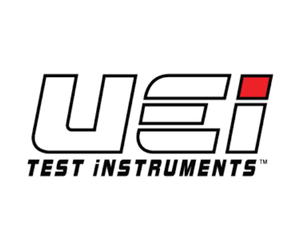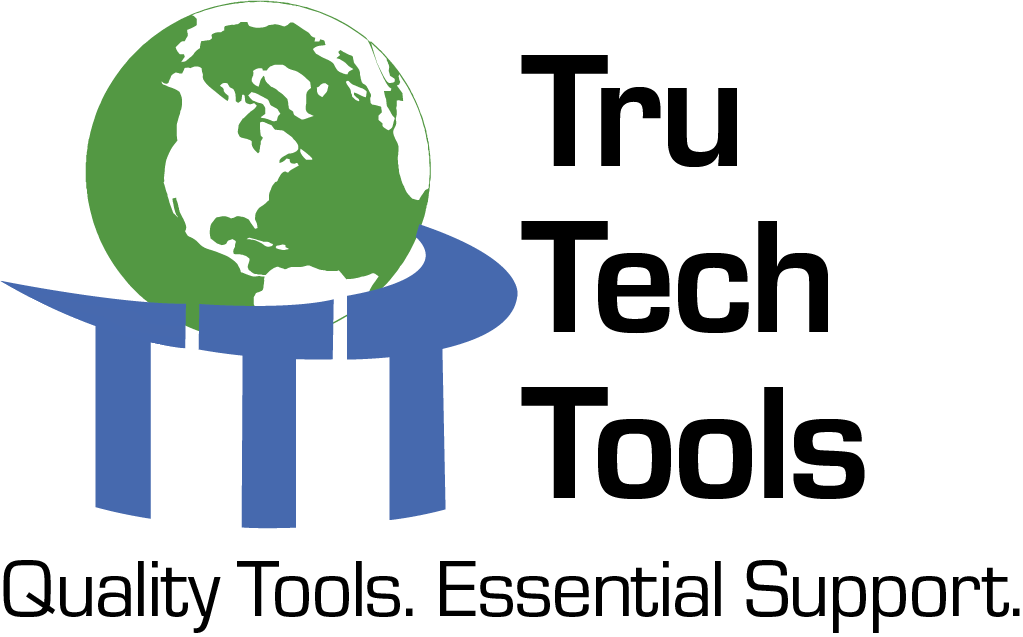Tech Tips

This tech tip is based on an HVAC School podcast episode with Tim De Stasio. Tim has written several articles about HVAC design on his blog, several of which he has been generous enough to share with HVAC School. Tim’s focus is on humid climates, and moisture mitigation is one of his main focuses in […]
Read more

Special thanks to Ty Branaman and Bert Testerman for their work and feedback on this tech tip about compressor failure diagnosis and replacement. A PDF checklist that covers all of the procedures in this tech tip can be found at http://www.hvacrschool.com/compressor-replacement-checklist. Important Note Before You Begin Industry data indicates that up to 30% of compressors […]
Read more

This tech tip is based on an HVAC School podcast episode about scroll compressors and new refrigerants with Jeff Kukert and Tom Fesenmyer from Copeland. Jeff is the senior technical trainer, and Tom is the manager of technical services. You can listen to the original podcast HERE, and you can explore Copeland’s vast selection of […]
Read more

This tech tip was written with the guidance of Nikki Krueger, the Director of Marketing & Business Development at Santa Fe Dehumidifiers. Nikki has been a longtime contributor to HVAC School as a recurring podcast guest and presenter at the HVACR Training Symposium. Most of the illustrations and instructions for ducting ventilating dehumidfiers came from […]
Read more

Each commercial rooftop unit (RTU) needs to be mounted to a curb. A curb supports the RTU and provides openings for the supply and return ductwork (which can be massive compared to what we see in residential and light commercial HVAC). Occasionally, we’ll need to do an RTU changeout and put in a bigger or […]
Read more

As HVAC technicians, our responsibilities extend beyond the mechanical and refrigerant systems. The electrical power supply is an often-overlooked factor in equipment longevity. Protecting an HVAC system from damaging voltage fluctuations is a strategic step that reduces service calls and enhances the reliability of our installations. This guide will discuss the importance of voltage protection […]
Read more

This tech tip is based on a podcast episode with Bill Nowicki about the latest DHS guidance on HVAC use in nuclear emergencies. You can listen to that podcast HERE. Bill has 45 years of experience in the nuclear industry, starting with his Naval career, and he also has a few podcasts of his own. […]
Read more

As the HVAC industry transitions to refrigerants with lower global warming potential (GWP), A2L refrigerants like R-454B are becoming more common. These refrigerants are classified as “mildly flammable” and require the installation of A2L refrigerant leak detection sensors in many applications to ensure safety. While these sensors are essential for detecting actual refrigerant leaks, HVAC […]
Read more

This tech tip is the final installment in our short series on using oscilloscopes to troubleshoot communicating systems. This time, we're focusing on troubleshooting communication issues in commercial refrigeration systems. Imagine this scenario: you've got a refrigeration system acting up, and the comms network, whether it's LON or MOD-bus, seems a bit flaky. Let me […]
Read more







